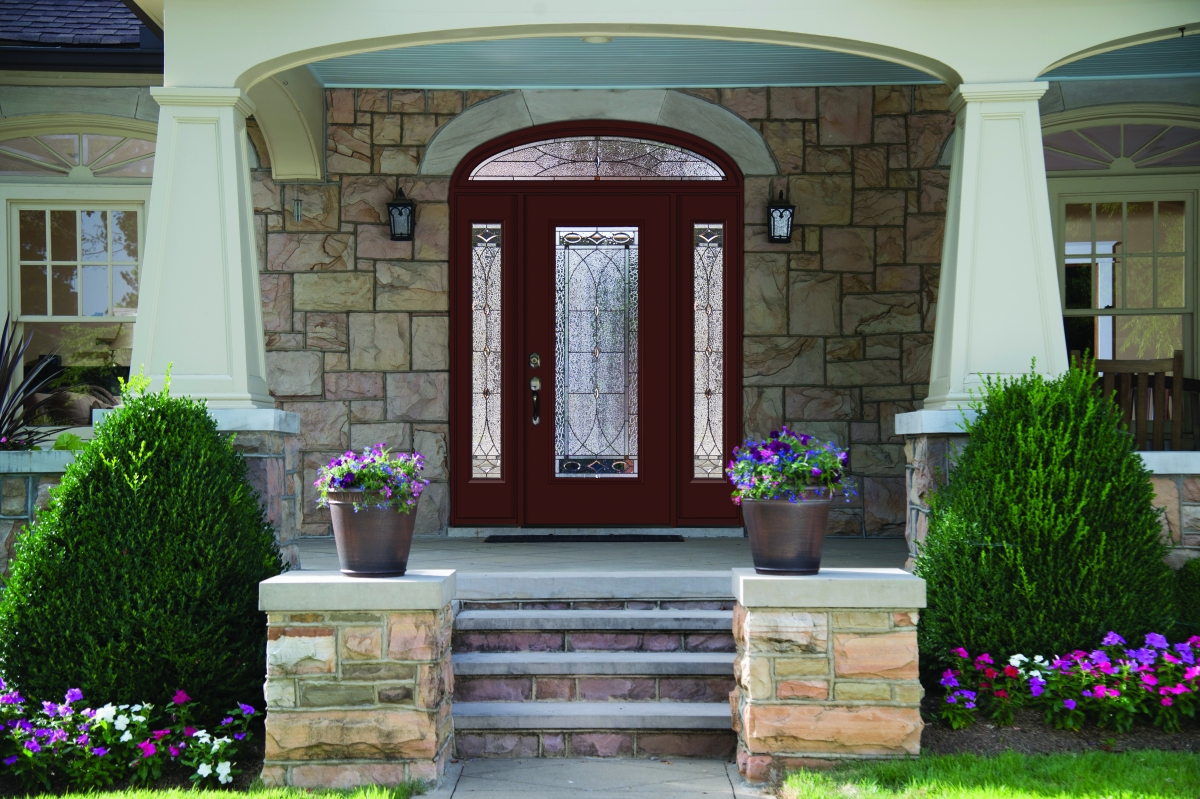 The front door of your home serves as the gateway to your personal sanctuary, playing a pivotal role in first impressions, security, and energy efficiency. In this article, we delve into the five key considerations you should bear in mind when choosing a front door that complements your home’s style while ensuring safety and optimal performance
The front door of your home serves as the gateway to your personal sanctuary, playing a pivotal role in first impressions, security, and energy efficiency. In this article, we delve into the five key considerations you should bear in mind when choosing a front door that complements your home’s style while ensuring safety and optimal performance
1. Prioritize material and durability
Consider materials like wood, fiberglass, steel, or aluminum when choosing a front door. Each has its own set of pros and cons related to durability, maintenance, and appearance. For instance, while wood offers a classic and timeless appeal, it may require more frequent maintenance against weathering and potential warping. On the other hand, steel and fiberglass tend to be more resistant to wear and tear, with aluminum doors providing lightweight durability but potentially being more susceptible to dents and scratches.
2. Use your front door to enhance the curb appeal of your home
One of the first things visitors notice about your home is the front door, making it a central component of curb appeal. Ensure the design, color, and style of the door match and enhance your home’s exterior. By thoughtfully selecting a door that reflects your personal taste and complements the architectural integrity of the house, you can elevate its overall appearance and leave a lasting impression on guests and passersby.
A carefully selected front door can add to a property’s value, but also acts as a portal from the outside world. Upon guests or your arrival, the door presents a statement for what’s to come.
3. Be thorough with security features
When choosing a front door, a critical consideration should be its security features. Staying vigilant by ensuring all the necessary bells and whistles, such as keyless entry, deadbolts, and other mechanisms, are included can lead to a better night’s rest. Adding obscured glass to any windows is a great way to cover windows without sacrificing natural light.
4. Don’t forget about sun exposure
Investing in a front door can come at a higher price tag; therefore, you’ll want to be sure that the material selected is resistant to wear and tear from overexposure to the sun. An entry that faces north receives no direct sunlight, which is best for wood doors. However, for front doors that receive sunlight, consider an iron, fiberglass, or clad door.
5. Pick a door style that complements your home
It’s essential to choose a door style that complements the architectural design of your home. Whether you have a modern, traditional, or colonial facade, there’s a door design to match. Ensure the style, lines, and details resonate with your home’s overall character to create a harmonious and aesthetically pleasing exterior.
When you’re in the process of replacing a front door on a historic property, research the appropriate door style of the era in which the property was built. Choose the appropriate door hardware that complements the door’s style–this attention to detail can further enhance the overall appearance.
If you’re unsure of the home’s design style, front doors can start the momentum as to the direction of style the house is going for. Therefore, choosing a front door can be a great starting point in your renovation endeavors.
6. Focus on energy efficiency
Opt for doors with good insulation properties, weather stripping, and energy-efficient glass options to save on heating and cooling costs. A well-insulated door can significantly reduce energy loss, leading to a more comfortable living environment and lower utility bills. Furthermore, by investing in an energy-efficient door, you’re enhancing your home’s performance and taking a step towards eco-friendly living by reducing your carbon footprint.
Final thoughts on choosing a front door
Creating a cohesive design requires carefully considering every detail, including choosing the perfect front door. The front door makes a lasting first impression and creates a bold statement about the residents’ design preferences. From curb appeal and security features to structural material and style, let these tips guide your next project.

 Facebook
Facebook
 Twitter
Twitter
 Pinterest
Pinterest
 Copy Link
Copy Link
